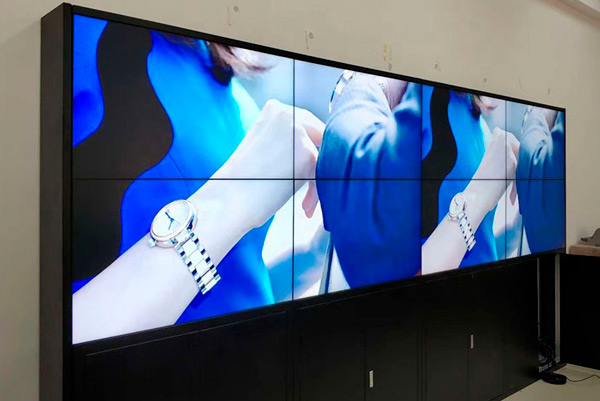Investigating the Crucial Factors That Influence Hue Consistency in LED Panel Screens for Optimal Display Performance
Investigating the Crucial Factors That Influence Hue Consistency in LED Panel Screens for Optimal Display Performance
Blog Article
Color uniformity in LED wall screens is essential for achieving optimal visual performance. light-emitting diode wall screens are commonly used in multiple environments, including musical events, meetings, and advertising showcases. When the colors on these panels are consistent, they create a more captivating and immersive experience for audiences. Several critical factors affect hue consistency, including the caliber of the light-emitting diode components, calibration procedures, and environmental conditions.
The quality of the LED components plays a significant role in hue consistency. Various types of LEDs produce light at varying wavelengths, which can influence the overall hue result. High-quality LEDs are engineered to generate a more uniform light spectrum, leading in improved color accuracy. Additionally, the manufacturing process of these light-emitting diodes can affect their functionality. Panels made with superior materials and technology tend to have fewer hue differences, ensuring that the shown pictures and footage look lively and faithful to reality.
Calibration is another essential factor in preserving color consistency in light-emitting diode wall screens. Calibration entails modifying the settings of the panel to ensure that the colors shown match the desired appearance. This process can consist of adjusting brightness, contrast, and hue equilibrium. Regular calibration is essential, especially in settings where lighting conditions change frequently. By calibrating the screens, technicians can fix any inconsistencies in color result, leading to a more consistent observing experience.
Environmental factors also affect hue uniformity in LED wall panels. Factors such as surrounding light, temperature, and moisture can affect how colors are perceived. For instance, intense surrounding light can dull colors, making them appear more vibrant. Similarly, extreme temperatures can affect the functionality of the LEDs, leading to hue changes. To reduce these issues, it is essential to install light-emitting diode wall screens in managed environments where lighting and heat can be controlled effectively.
Finally, the design and arrangement of the light-emitting diode wall why not try this out screens can affect color consistency. The arrangement of the screens, as well as the spacing from which they are observed, can create differences in color perception. When panels are arranged too distant apart or at varied positions, audiences may notice inconsistencies in color. To achieve the best optical output, it is crucial to take into account the placement and alignment of the screens during setup. By addressing these factors, users can ensure that their LED wall panels provide a uniform and superior optical encounter.